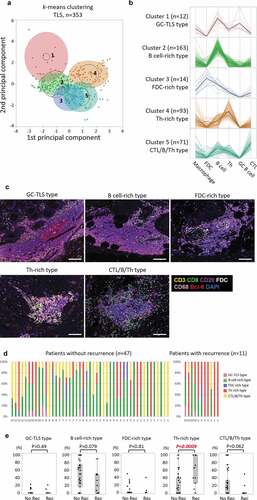Figures & data
Table 1. Baseline Patients’ Characteristics
Figure 1. Representative image of a TLS in CRC tissue
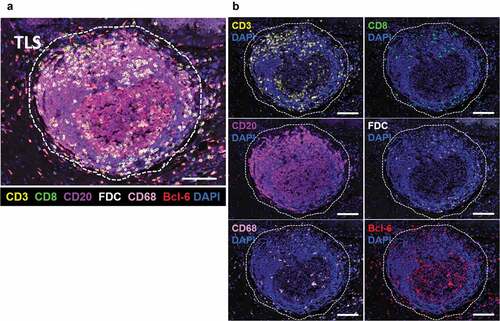
Figure 2. Correlations of TLS-cellular components and clinical signatures
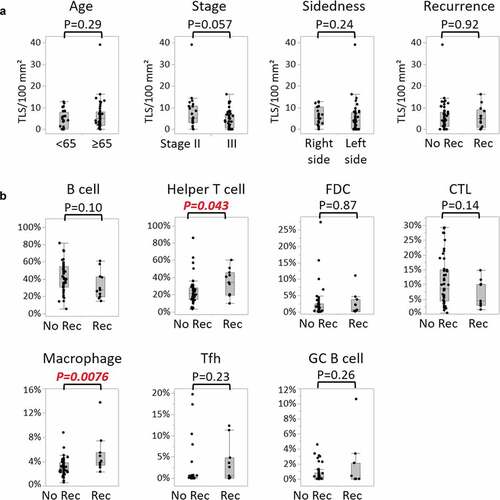
Figure 3. Kaplan-Meier survival curves showing RFS according to proportions of (a) helper T cells (Th), (b) macrophages (Mp), and (c) their combination. P values were calculated by the log-rank test. Vertical lines represent censoring
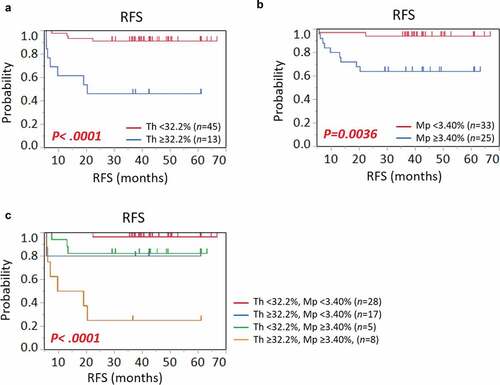
Table 2. Univariate and Multivariate Analysis with Disease Relapse after curative surgery
Figure 4. Assessment of increased Th cell subsets in Th-high patients
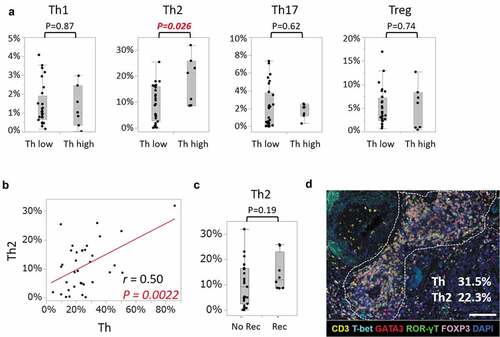
Figure 5. Classification of TLS based on the densities of cellular components
